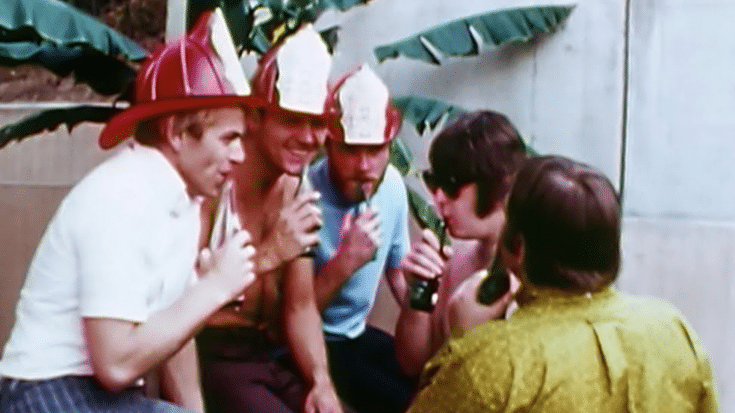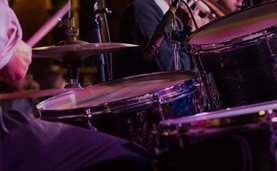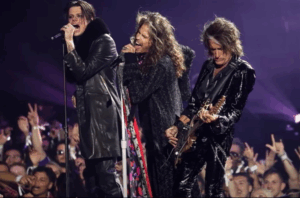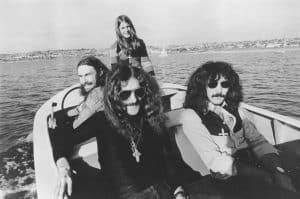5 Weirdest Instruments Used in Famous Rock Songs

via TheBeachBoysVEVO / YouTube
Classic rock has always been about creativity, and sometimes that means thinking outside the box when it comes to instrumentation. Some of the most iconic songs feature unusual instruments that might surprise listeners. Here are five examples where rock artists pushed the boundaries with unconventional sounds.
1. Theremin in “Good Vibrations” by The Beach Boys
The Beach Boys’ 1966 hit “Good Vibrations” is famous for its lush harmonies and innovative production. One standout element is the use of the theremin, an electronic instrument played without physical contact. Its eerie, wavy sound adds a futuristic feel to the track and helps define its unique character.
Brian Wilson, the song’s producer and co-writer, was determined to experiment with new sounds. The theremin’s otherworldly tones perfectly complemented the song’s theme of emotional highs and lows. This bold choice helped “Good Vibrations” become one of the most memorable songs of the era.
2. Harpsichord in “In My Life” by The Beatles
The Beatles were no strangers to musical experimentation, and “In My Life” from their 1965 album Rubber Soul features a striking harpsichord-like sound during the instrumental bridge. While it’s not an actual harpsichord, producer George Martin created the effect by playing a sped-up piano part.
The distinctive sound adds a classical touch to the song, blending seamlessly with its reflective lyrics. This innovative use of the piano showcases The Beatles’ willingness to blur genre boundaries and experiment with unconventional techniques.
3. Bagpipes in “It’s a Long Way to the Top (If You Wanna Rock ‘n’ Roll)” by AC/DC
AC/DC’s “It’s a Long Way to the Top (If You Wanna Rock ‘n’ Roll)” features one of rock’s most surprising instrument choices: bagpipes. Lead singer Bon Scott, who had experience playing the instrument as a child, brought it into the studio for this 1975 track.
The bagpipes blend surprisingly well with the song’s hard rock energy, creating a distinctive sound that’s become a fan favorite. This fusion of traditional Scottish music with rock highlights the band’s playful and adventurous approach.
4. Flute in “Locomotive Breath” by Jethro Tull
Jethro Tull’s “Locomotive Breath,” from their 1971 album Aqualung, is built around Ian Anderson’s dynamic flute playing. While the flute isn’t common in rock music, Anderson made it a signature element of the band’s sound.
The track’s opening features a jazzy, freeform flute solo before transitioning into its driving rhythm. The flute’s melodic lines add a layer of sophistication and energy that set the song apart from other rock hits of the time.
5. Electric Sitar in “Paint It Black” by The Rolling Stones
The Rolling Stones’ 1966 hit “Paint It Black” is instantly recognizable for its dark, brooding melody and the twangy sound of the electric sitar. Played by guitarist Brian Jones, the instrument adds an exotic flavor that complements the song’s haunting theme.
The electric sitar, a modified version of the traditional Indian sitar, became popular in the 1960s as rock musicians began exploring Eastern influences. Its use in “Paint It Black” helped cement the track’s status as a groundbreaking piece of psychedelic rock.

















